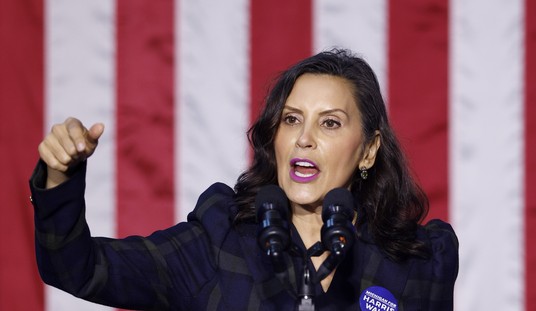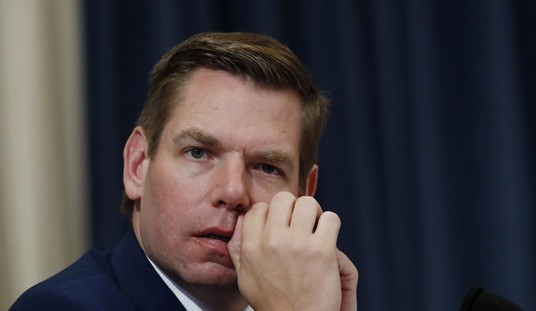If it seems like nurse practitioners are taking care of patients more often, this is not a mere perception. This is reality. And this is not due to coronavirus overwhelming the health care system. This has been happening for years. In February, Health Affairs reported the number of nurse practitioners (NPs) more than doubled from 2010 to 2017.
In today’s health care system—where it can take weeks to see a doctor—this is welcome news, unless you’re a physician. Physicians worry NPs will put them out of business and their concern is not far-fetched.
In Chicago, 15 physicians at suburban immediate care clinics were notified by their employer they will be out of a job on April 1. Their employer, Edwards-Elmhurst Hospital Health System, told the doctors they were being replaced by NPs. The hospital said the move would save $1 million over five years. Why is that even necessary, the doctors wonder, when the clinics seemed to have a steady stream of patients?
Welcome to the zero-sum game of the U.S. health care payment system, where third-party payers call the shots. In today’s health care system, the law of supply and demand no longer applies. Instead, health care systems simply take money from one pot of revenue and use it to shore up others.
Perhaps the hospital thought immediate care centers would be a less visible place to save money. After all, they are, by definition, drop-in clinics. Patients don’t expect to see the same practitioner when they return at some point in the future, so replacing doctors with NPs carries little risk of losing customers.
One reason for the budget gymnastics is the crazy nature of our third-party payment system. Public payers with a limited pool of funds like Medicaid and Medicare dictate how much they will pay for care. Due to this partial reimbursement scheme, providers must make up for it in one of two ways: They can charge people with private health insurance more (and they do) or they can hire less-expensive practitioners and hope consumers don’t notice. In many cases, they do both.
Recommended
Obviously, it doesn’t have to be this way. In a free-market health care system, there would be plenty of room for both physicians and mid-level providers. Consumers in other walks of life choose whether they want to spend more or less for varying degrees of quality, experience, etc. all the time. Why not simply let the consumers decide?
The third-party payment system has distorted prices so much that patients typically don’t make these value judgements. Health care prices and service options are often imposed on patients by insurance companies, health care facilities, and, worst of all, government mandates.
Fortunately, there are many solutions to these problems. One such solution is direct primary care (DPC), a practice model not subject to the demands of third-party payers. Under DPC, consumers pay as little as $80 per month to see a primary care physician. In many cases, they also receive a package of other services, medical tests, and health care discounts.
DPC, which still isn’t permitted in many parts of the country, significantly slashes health care costs by cutting out the health insurance middlemen from unnecessarily being involved in the patient-doctor relationship. With DPC in place, patients are more likely to shop around for the best deal and for the arrangement that makes the most sense for their unique health care needs.
So, if a patient wants to pay a little extra to see a doctor instead of an NP, he or she could. If a patient would rather save a little money and isn’t suffering from serious ailments, the patient could see a more affordable NP.
By getting third-party payers out of the system (except for the costliest procedures), a real health care marketplace would develop in the United States for the first time in more than a half-century, unleashing the same kind of innovation and efficiencies consumers enjoy in many other marketplaces.
It is time for policymakers to let the magic of open markets work for health care. Americans have been languishing under the current model for long enough.
AnneMarie Schieber (amschieber@heartland.org) is a research fellow at The Heartland Institute and managing editor of Health Care News.

























Join the conversation as a VIP Member